Amid rising poverty, what we can learn from China’s experience
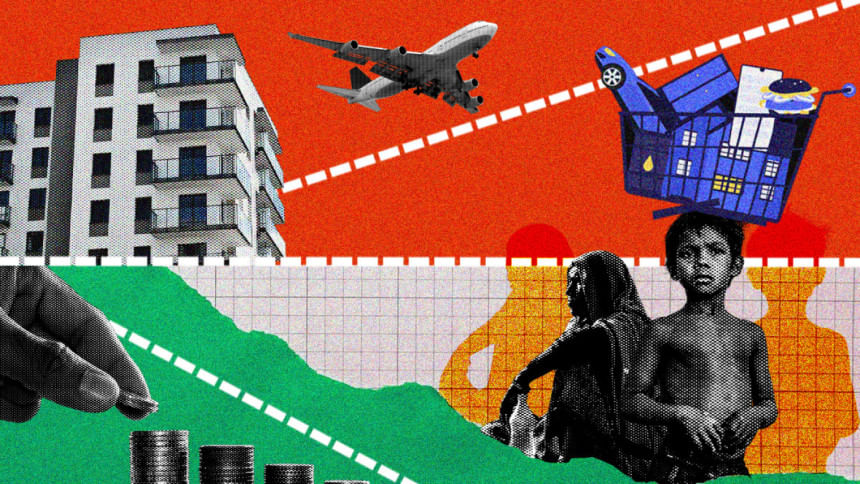
Since independence, poverty alleviation has remained a consistent priority for every government in Bangladesh. Despite notable economic growth in recent decades and various initiatives aimed at tackling poverty, a significant portion of the population still lives in hardship. Many people continue to suffer from malnutrition, poor healthcare, inadequate housing, lack of sanitation, and limited access to education. According to UNDP's Global Multidimensional Poverty Index 2024, around 41.7 million people in Bangladesh are currently living in extreme poverty. In April, the World Bank estimated that this number could rise by a further three million this year, pushing the national poverty rate to 22.9 percent. A recent study by the Power and Participation Research Centre put the poverty rate at 27.9 percent, a nine-percentage point increase from the 2022 poverty rate. In this context, Bangladesh can draw valuable lessons from China's remarkable success in lifting 800 million people out of poverty over the past four decades through strategic planning, proper investment in infrastructure, education and healthcare, and strong leadership.
Over the years, China invested substantially in infrastructure, particularly in building high-quality roads that link industrial hubs. During its 8-7 National Poverty Reduction Programme (1994-2000), around 42,000 kilometres of new rural roads were constructed each year. By the end of 2024, China's total rural road network had reached 4.64 million kilometres, according to the Chinese Minister of Transport Liu Wei. China also invested heavily in railways, electricity, ports, and airports, thus improving connectivity in rural areas, linking people to markets, services, and opportunities, which helped lift millions out of poverty. According to the World Bank, in 1980, China's per capita GDP was around $195, and by 2024, it reached $13,303.
Another effective tool used by the country was the Targeted Poverty Alleviation (TPA) programme that identified the poorest households through village-level data collection and mapped each family's needs, strengths, and challenges. Since poverty often stems from various causes, such as illness, lack of education, or unemployment, tailored solutions were designed to suit each household. These included job training, micro-loans, relocation to more developed areas, or improved access to healthcare and education. Progress was closely monitored, and accountability was ensured. TPA has been described as China's "magic weapon" in the battle against poverty and is considered a major innovation in poverty alleviation theory and practice, offering valuable lessons for the rest of the world.
China's long-term investment in human capital through a robust education system was another important tool in poverty reduction. Since 2012, government spending on education has consistently exceeded four percent of GDP. While only a quarter of primary and secondary schools had internet access in 2012, today all of them are connected, of which 95.3 percent are equipped with multimedia classrooms. Recognising that poverty alleviation would only be sustainable through long-term investment in education and human development, the Chinese government introduced policies to promote compulsory education and reduce the education gap between urban and rural areas. It ensured that no child is denied schooling due to financial hardship. A comprehensive financial support system was established, offering financial assistance to students from disadvantaged backgrounds, from pre-school through to postgraduate education. Since 2011, the Chinese government has invested 47.2 billion yuan (approximately $7.7 billion) in its rural nutrition programme, which has benefited 32.2 million children.
China's education system also includes a built-in mechanism to guide students into academic, technical, or vocational streams based on their aptitude. After completing nine years of compulsory education, students are directed to senior secondary or vocational schools, where they acquire specialised skills to prepare for the job market. This skilled technical workforce has been critical to China's rapid industrialisation, which in turn has helped eradicate poverty. According to China's Ministry of Education, the number of students dropping out during compulsory education fell from over 600,000 in 2019 to just 831 in 2020, a testament to the country's focus on educational inclusiveness and skill-building.
Another important factor behind China's success in reducing poverty has been its substantial investment in healthcare. Since 1978, China has worked to improve access to medical services, cut down out-of-pocket expenses, and prevent illness from driving families into poverty. To close the gap in healthcare access between urban and rural regions, China introduced the Rural Cooperative Medical Scheme (RCMS) in 2003, funded mainly through government subsidies. By the end of 2012, the scheme covered 805 million rural residents, 98 percent of the rural population. However, a 2015 study by the National Institutes of Health (NIH) found that nearly 20 million people in China had fallen into or returned to poverty due to healthcare costs. In response, the Chinese government launched the Health Poverty Alleviation Project (HPAP) in 2016 to shield vulnerable families from the financial burden of illness. This project focused on improving access to affordable healthcare and reducing the risk of medical expenses pushing people back into poverty.
Perhaps the most decisive factor in China's success in reducing poverty has been its leadership. The Communist Party of China (CPC) played a central role by mobilising its 90 million members and assigning over three million officials to work directly on poverty alleviation. Party leaders at all levels were made responsible for meeting poverty reduction targets. They led by example and ensured that resources were effectively allocated to the task.
While some may criticise various aspects of China's approach, its experience offers valuable lessons for developing countries like Bangladesh. First, poverty reduction is not just about boosting economic growth, it also requires inclusive policies, good governance, and investment in public services such as healthcare, education, and infrastructure. Second, each country must chart its own course, based on its unique reality. And most importantly, strong and responsible leadership, with the courage to face challenges, is vital. With political will, a clear strategy, and practical steps, any country can make real progress in overcoming poverty and building a more equitable society.
Abu Afsarul Haider is an entrepreneur. He can be reached at [email protected].
Views expressed in this article are the author's own.
Follow The Daily Star Opinion on Facebook for the latest opinions, commentaries and analyses by experts and professionals. To contribute your article or letter to The Daily Star Opinion, see our guidelines for submission.

 For all latest news, follow The Daily Star's Google News channel.
For all latest news, follow The Daily Star's Google News channel. 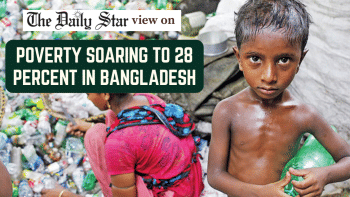
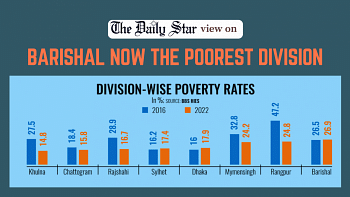
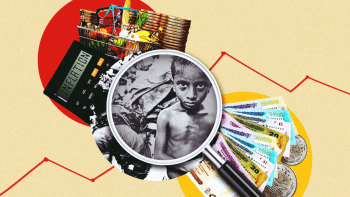


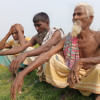






Comments